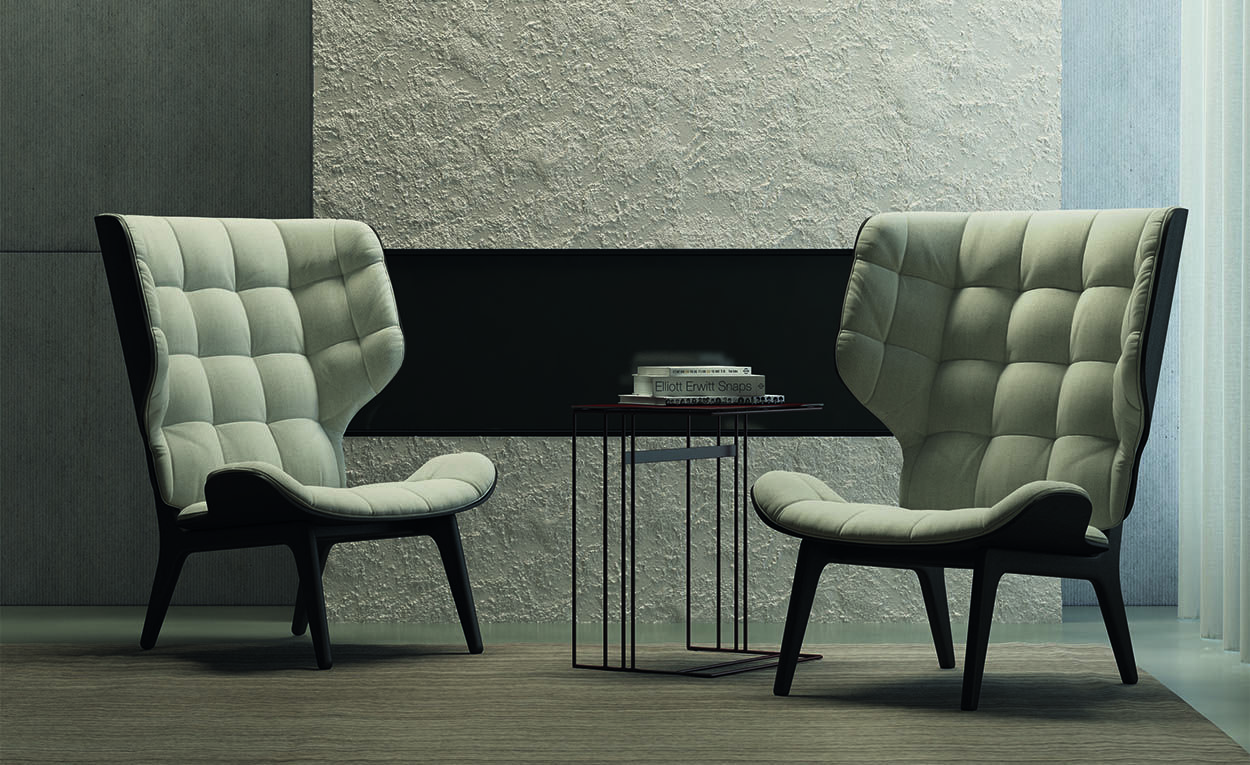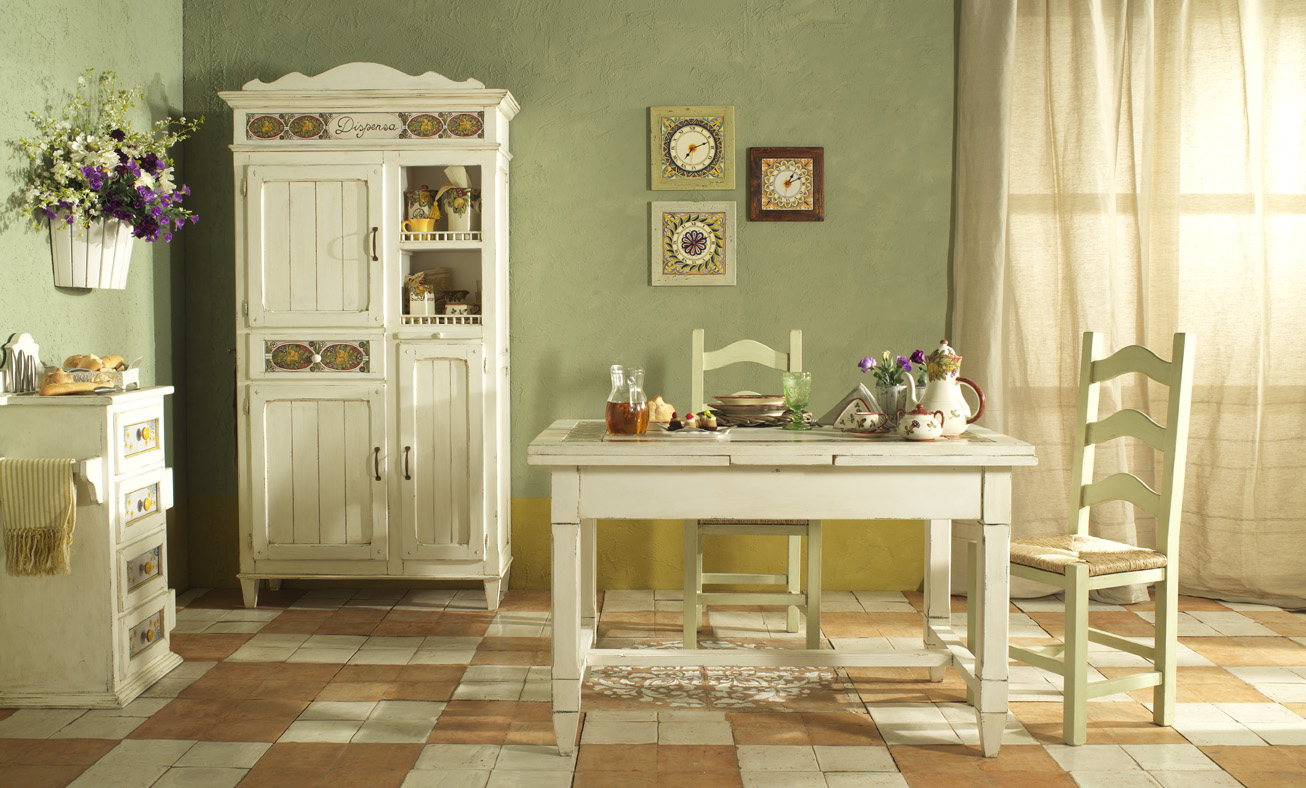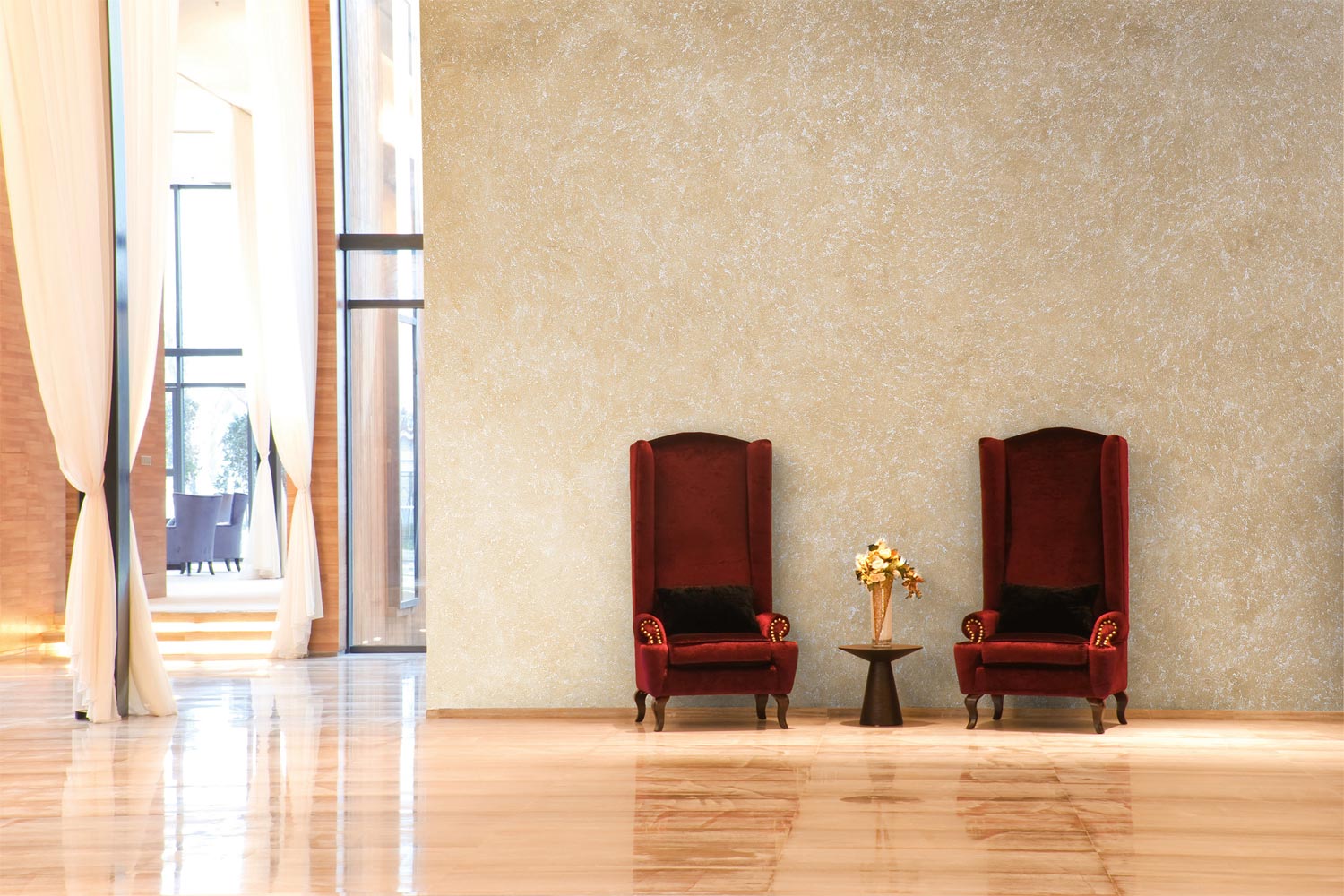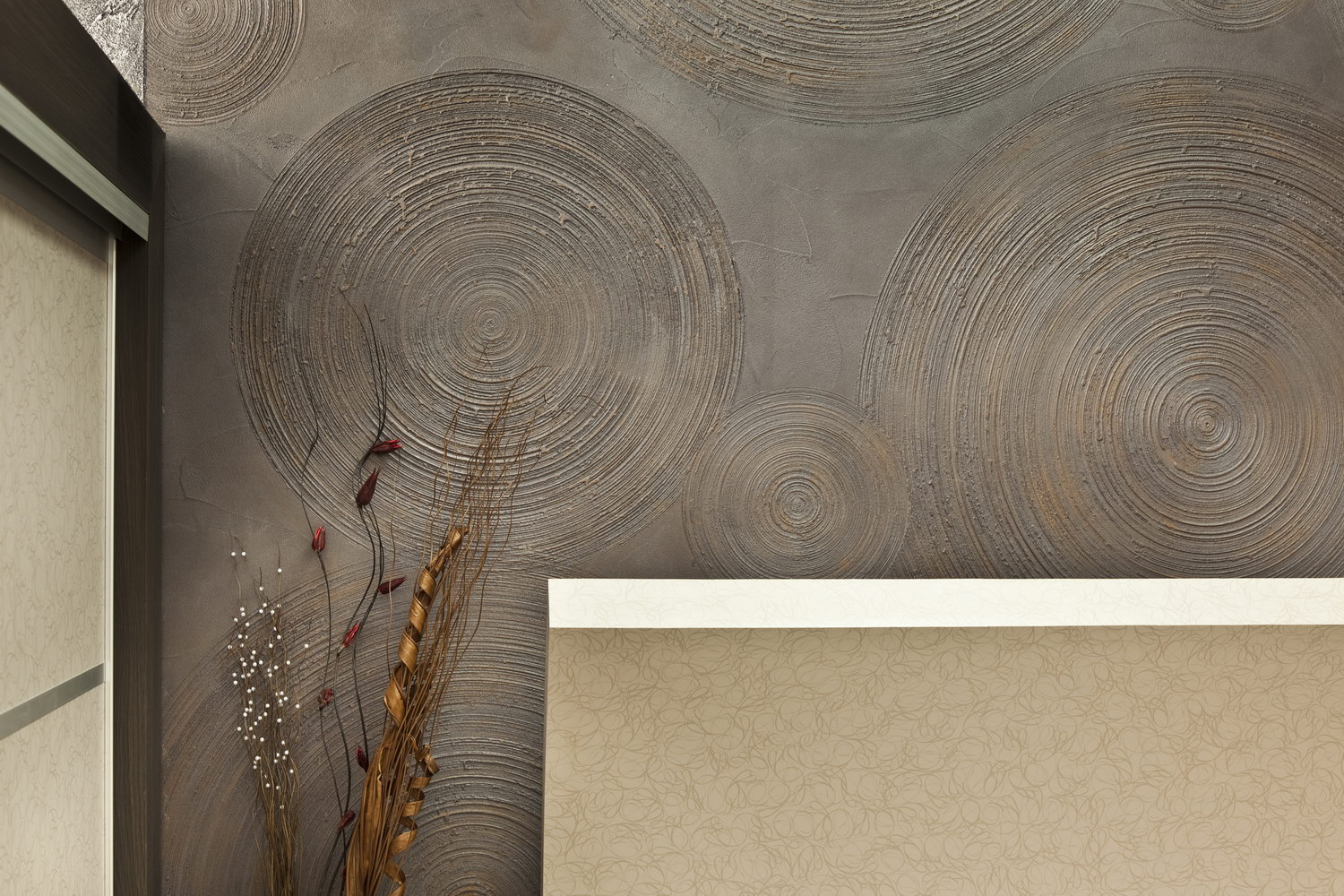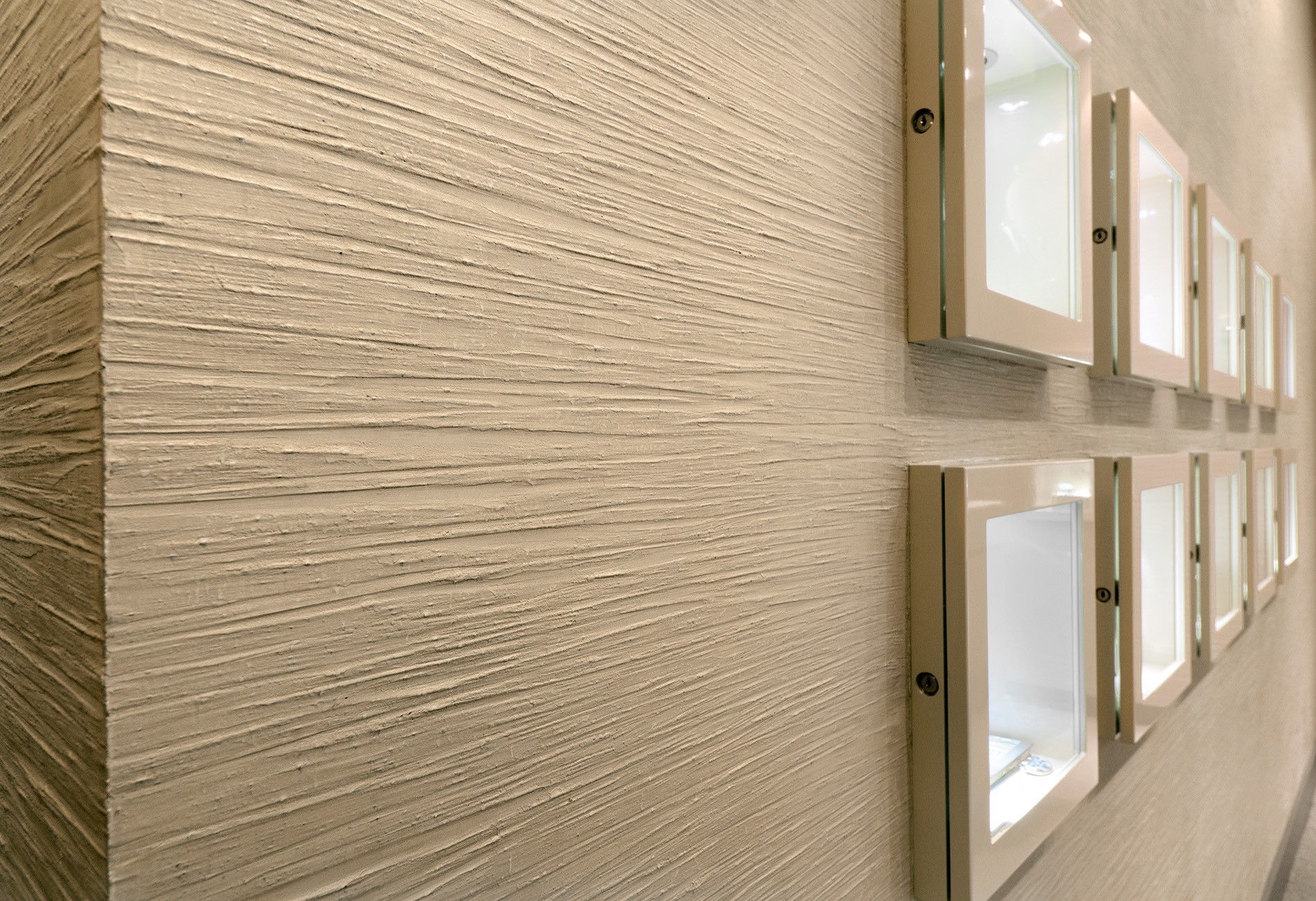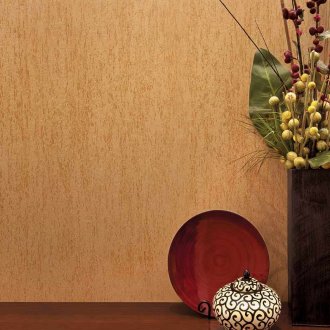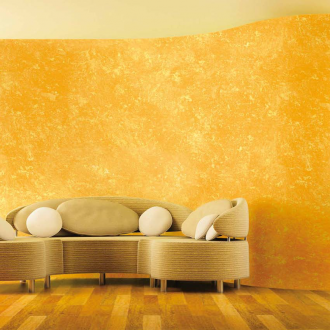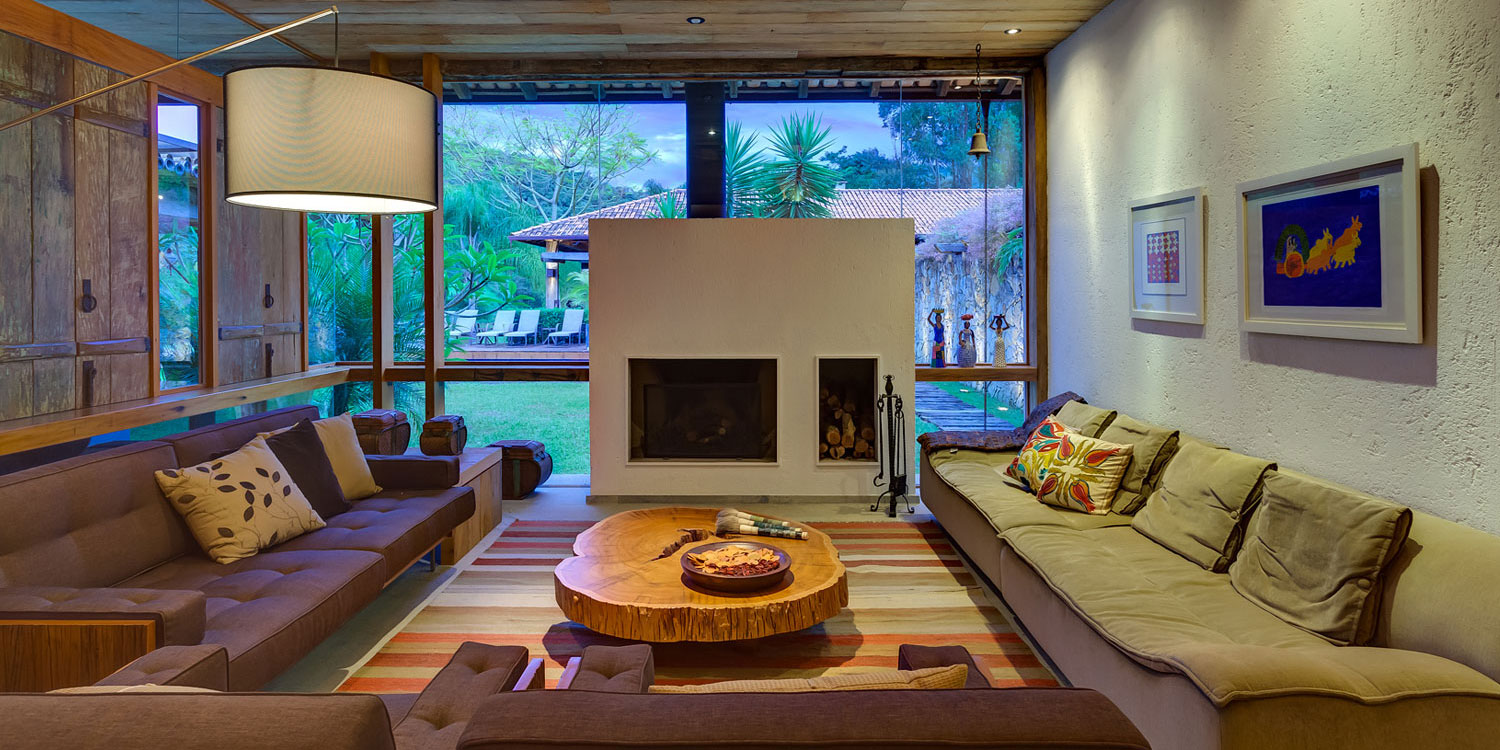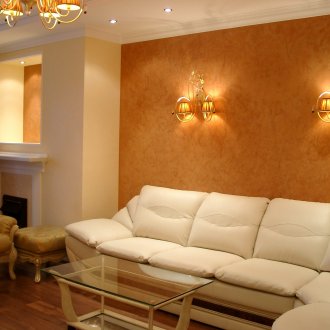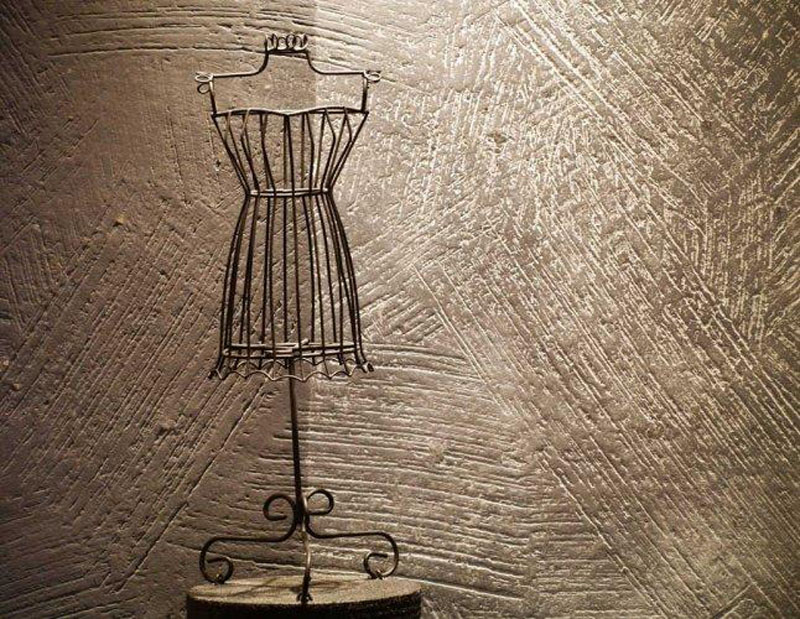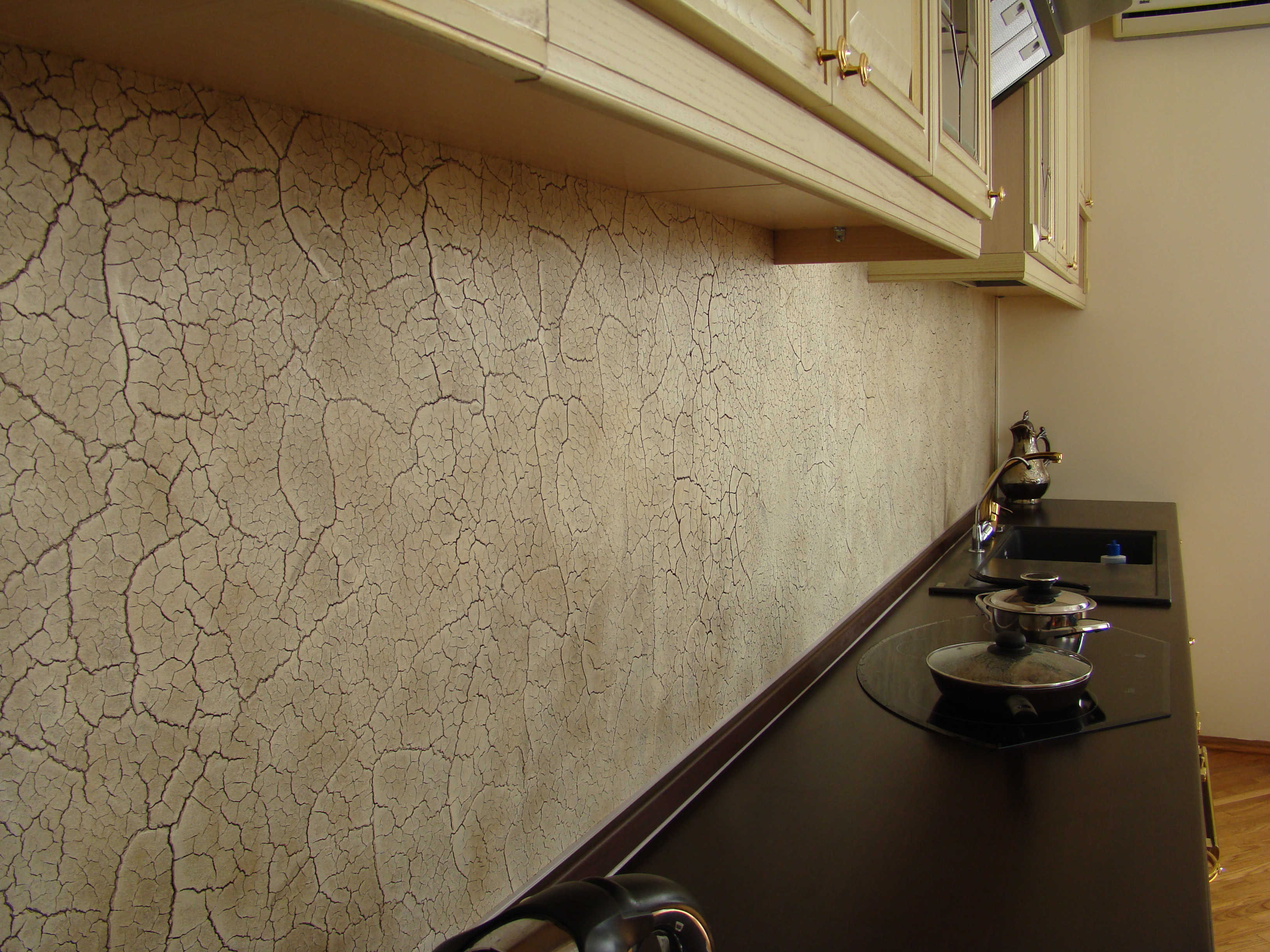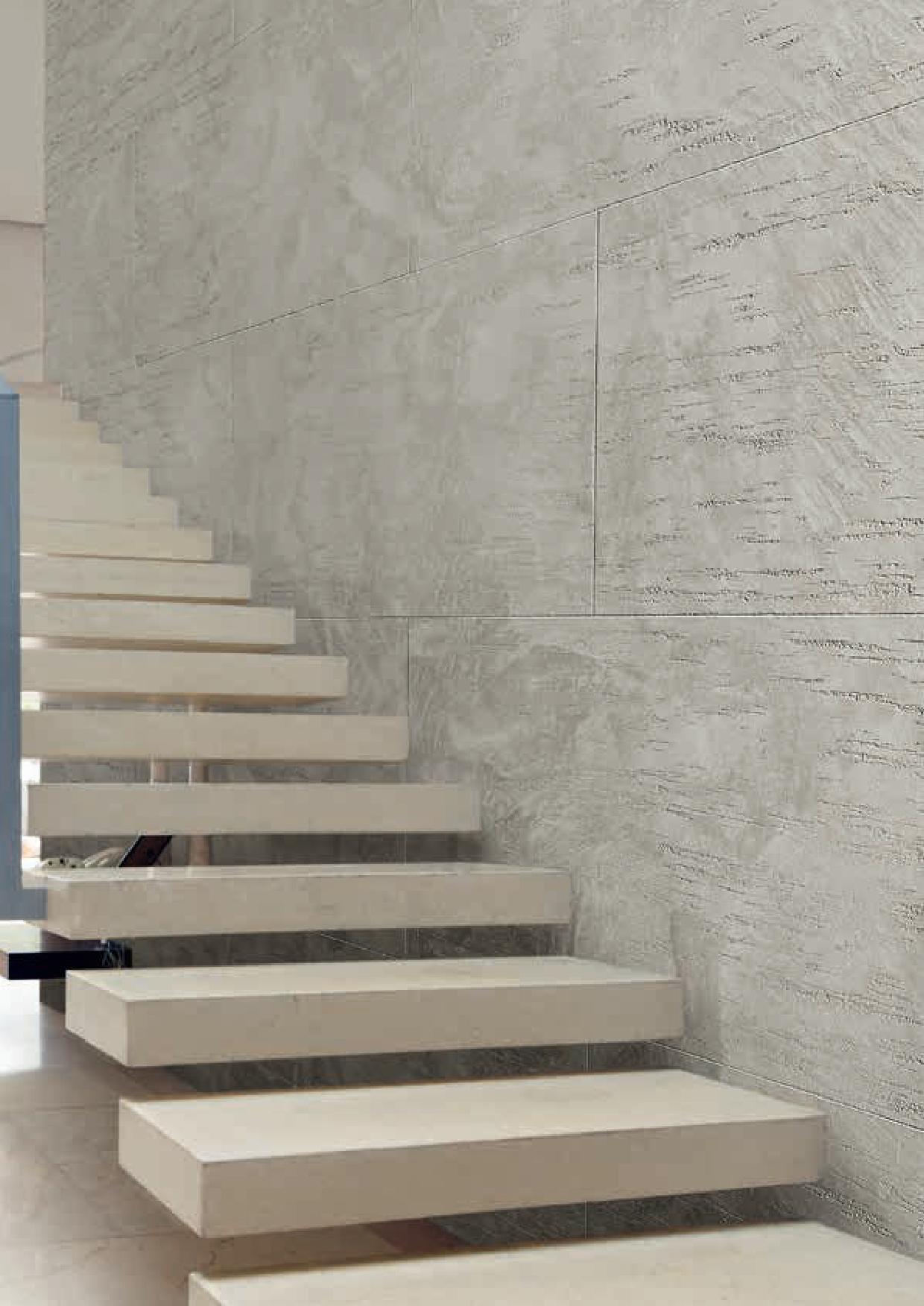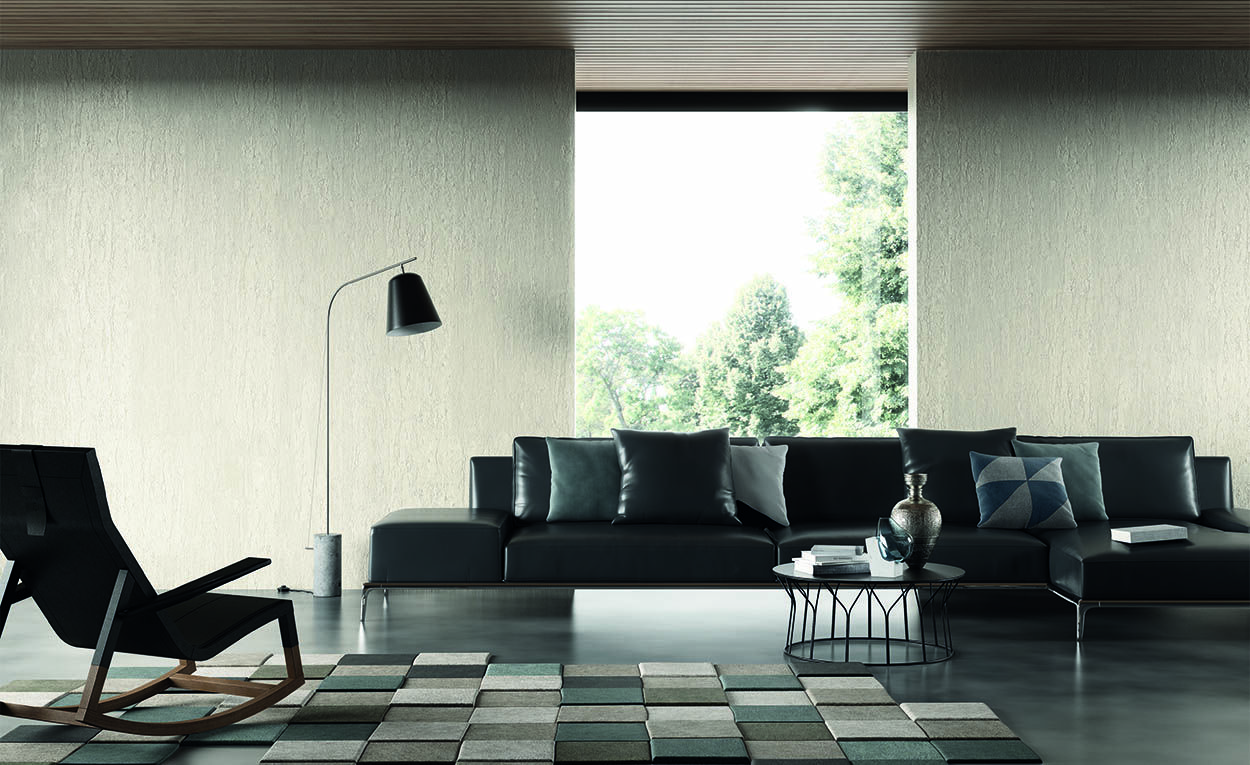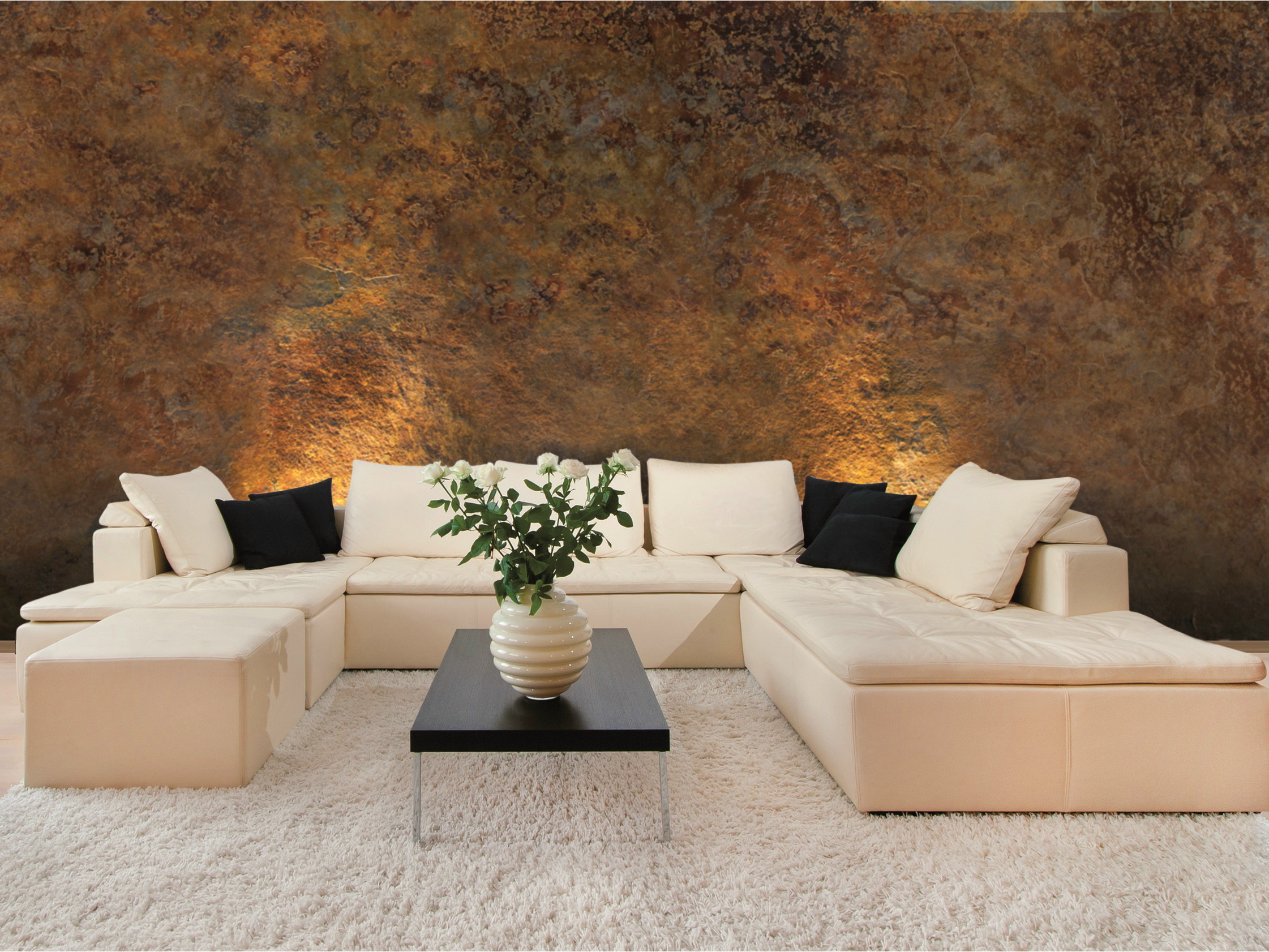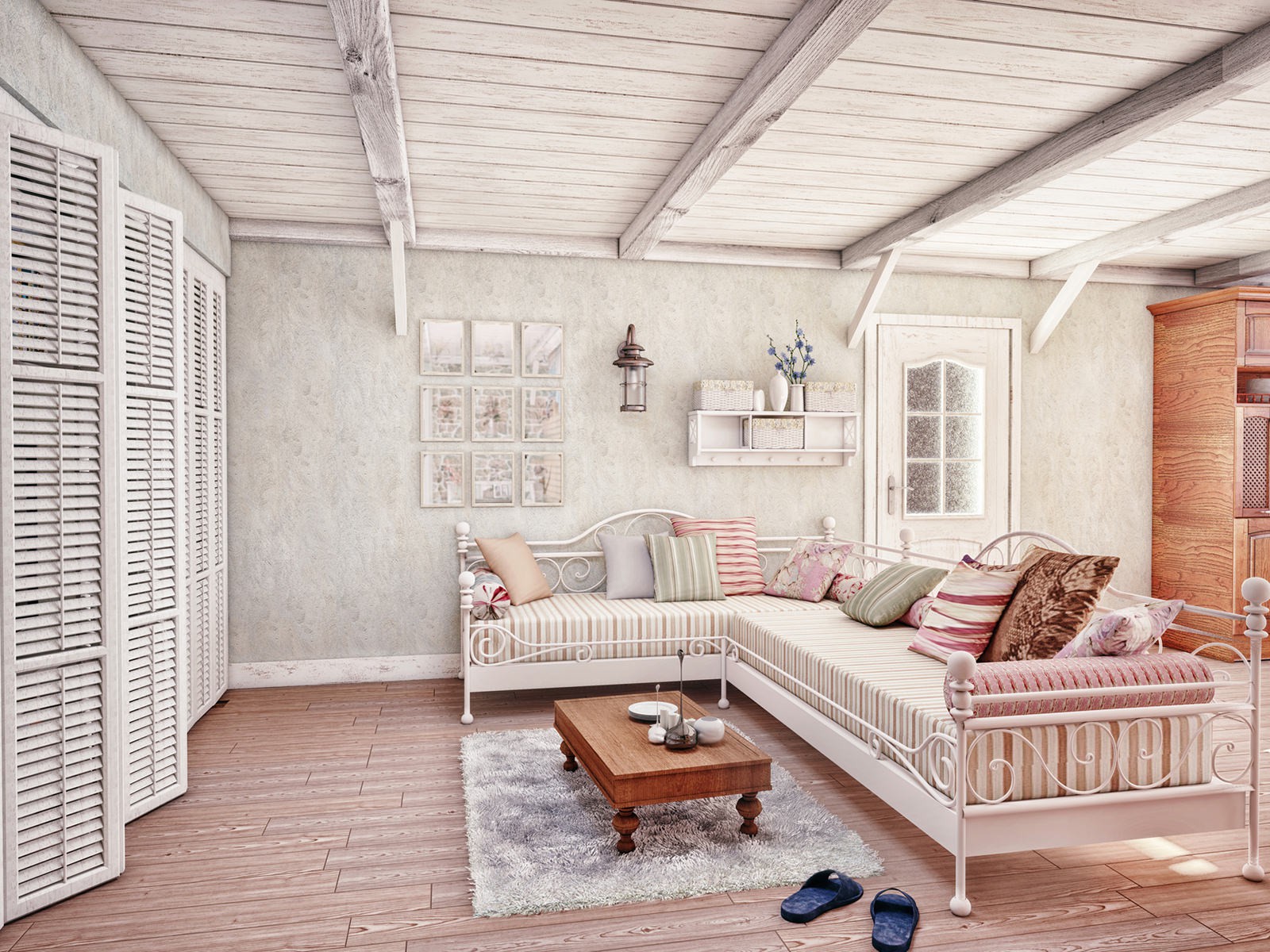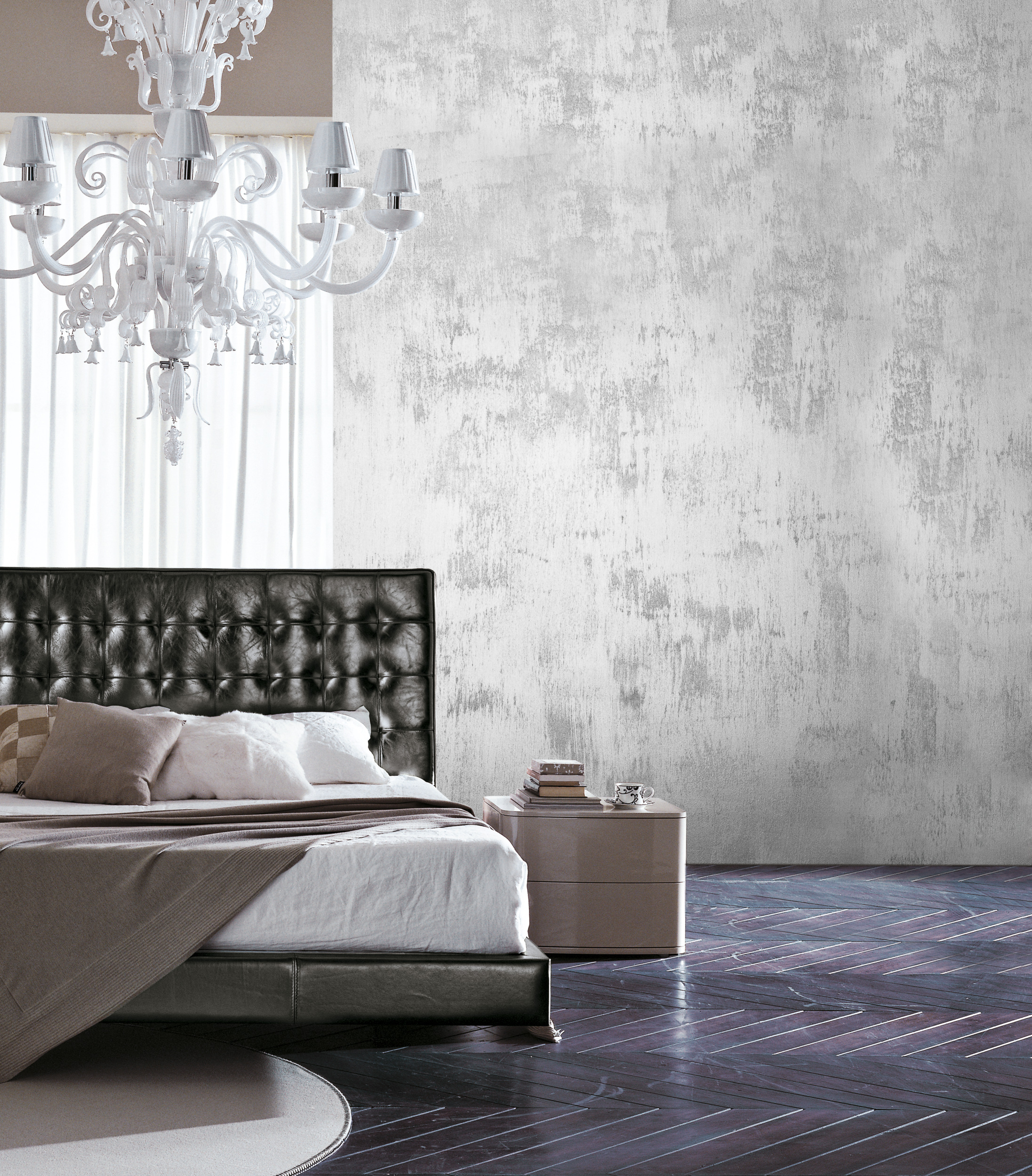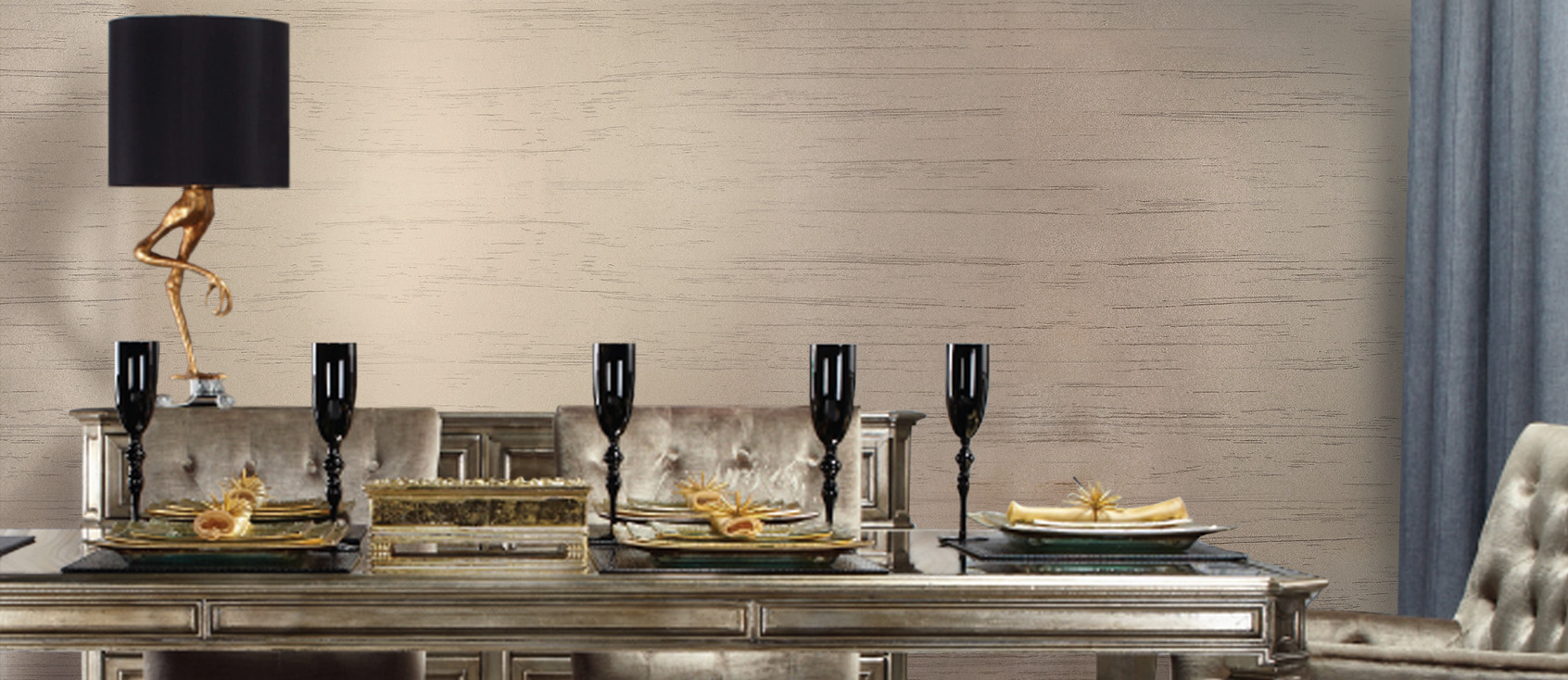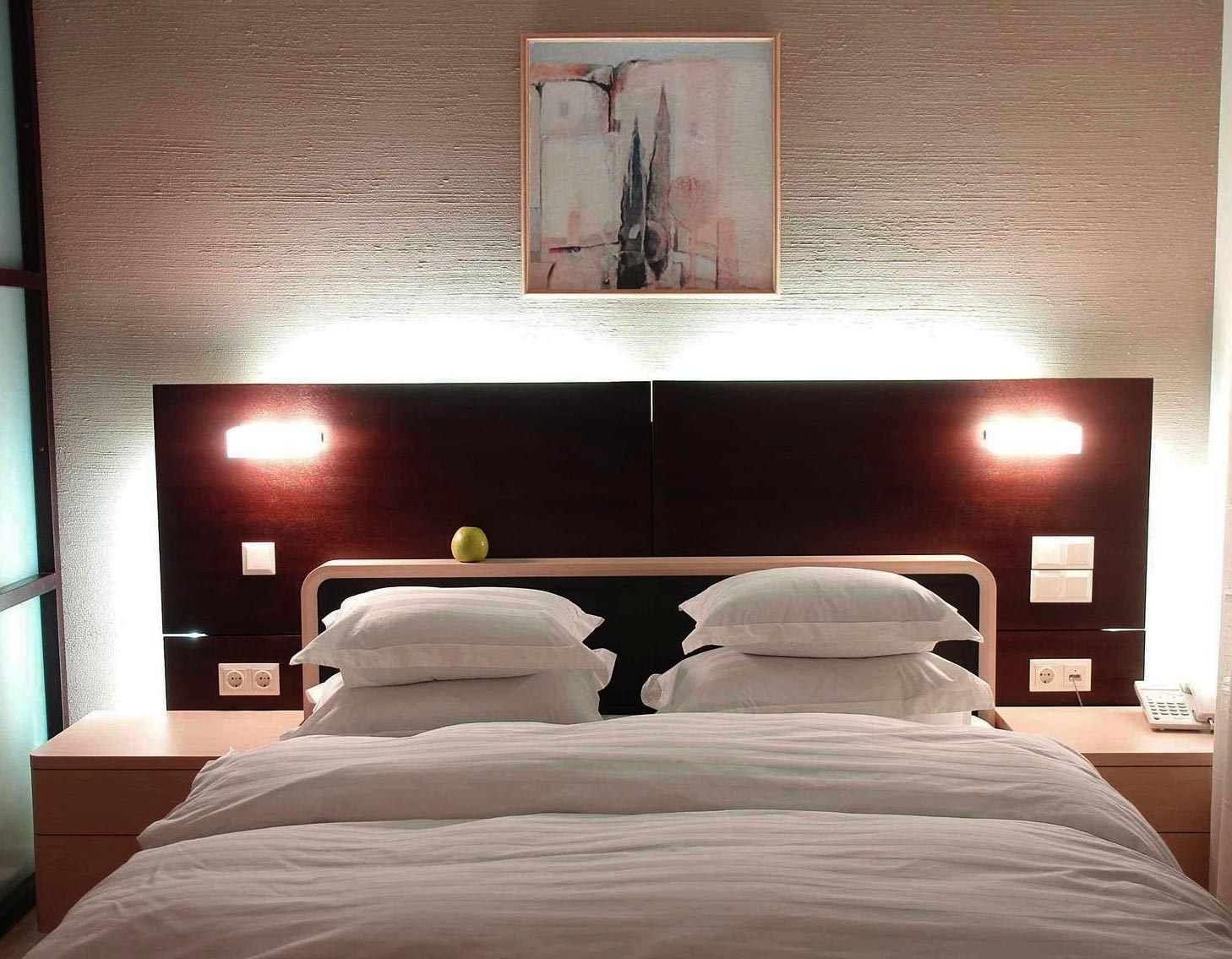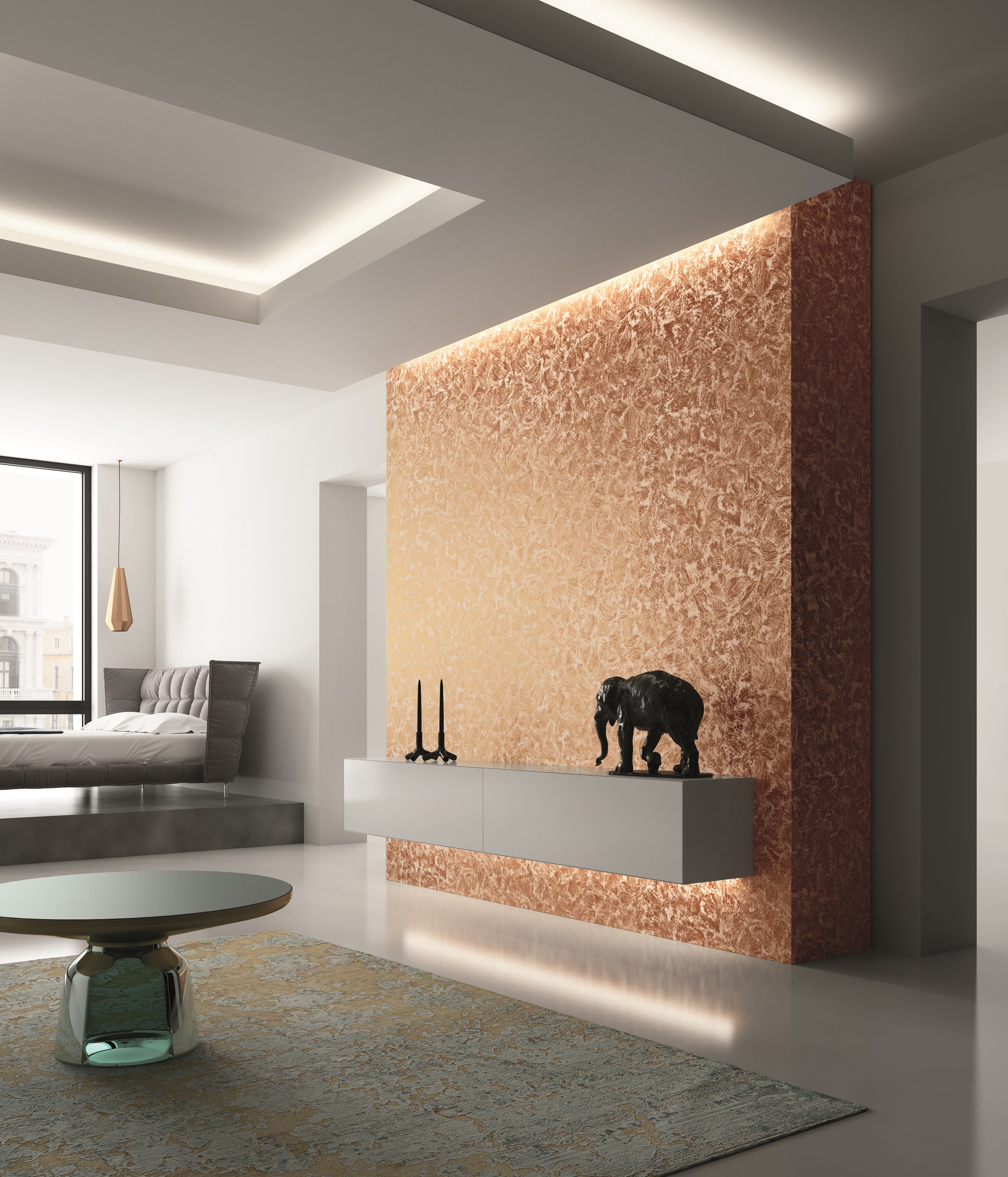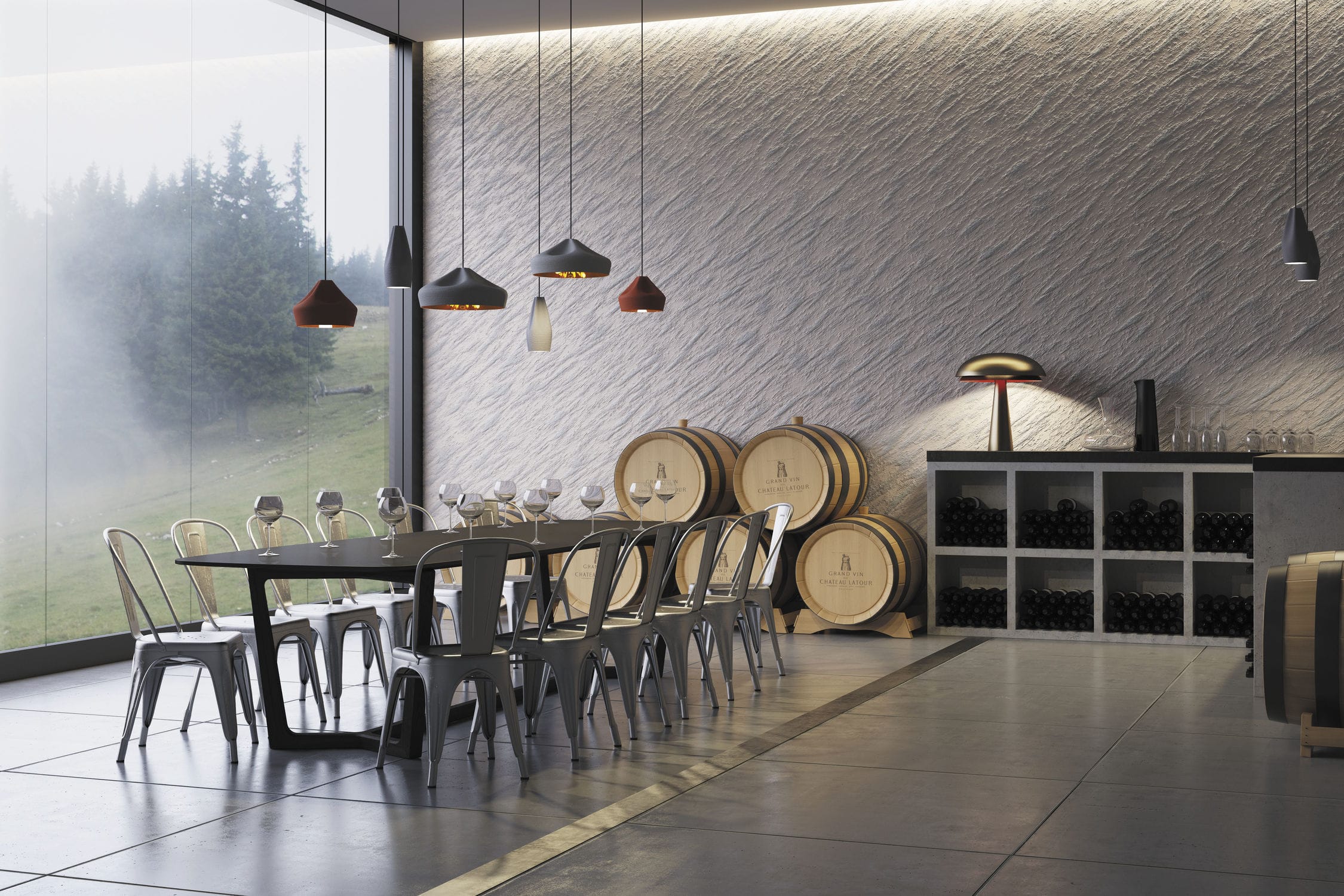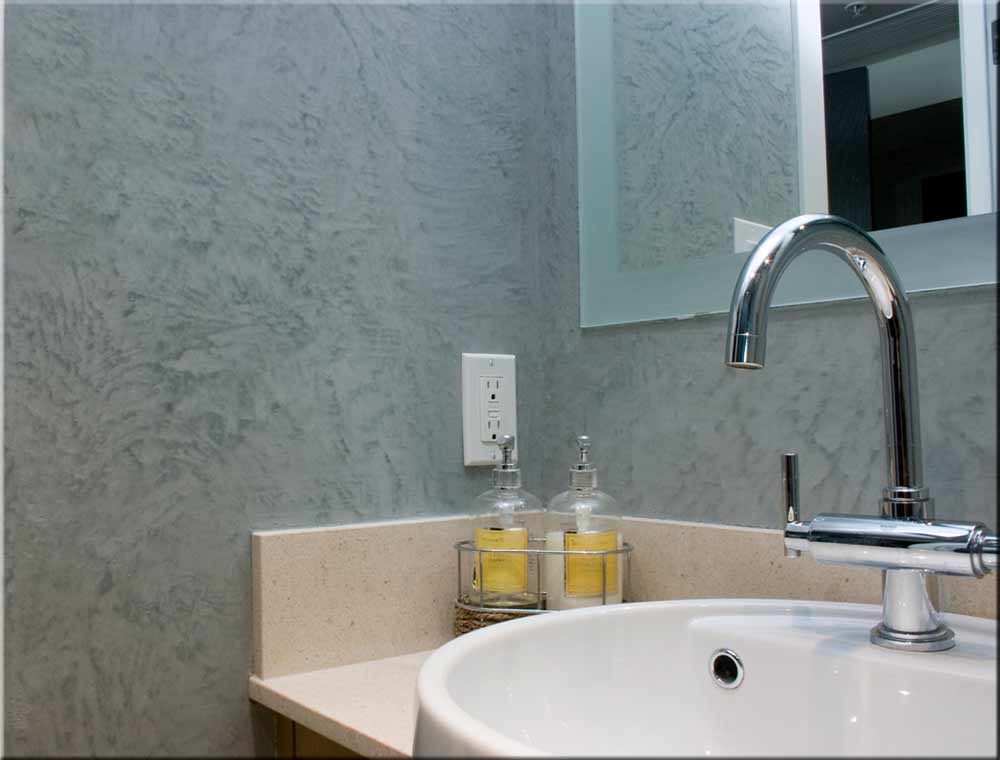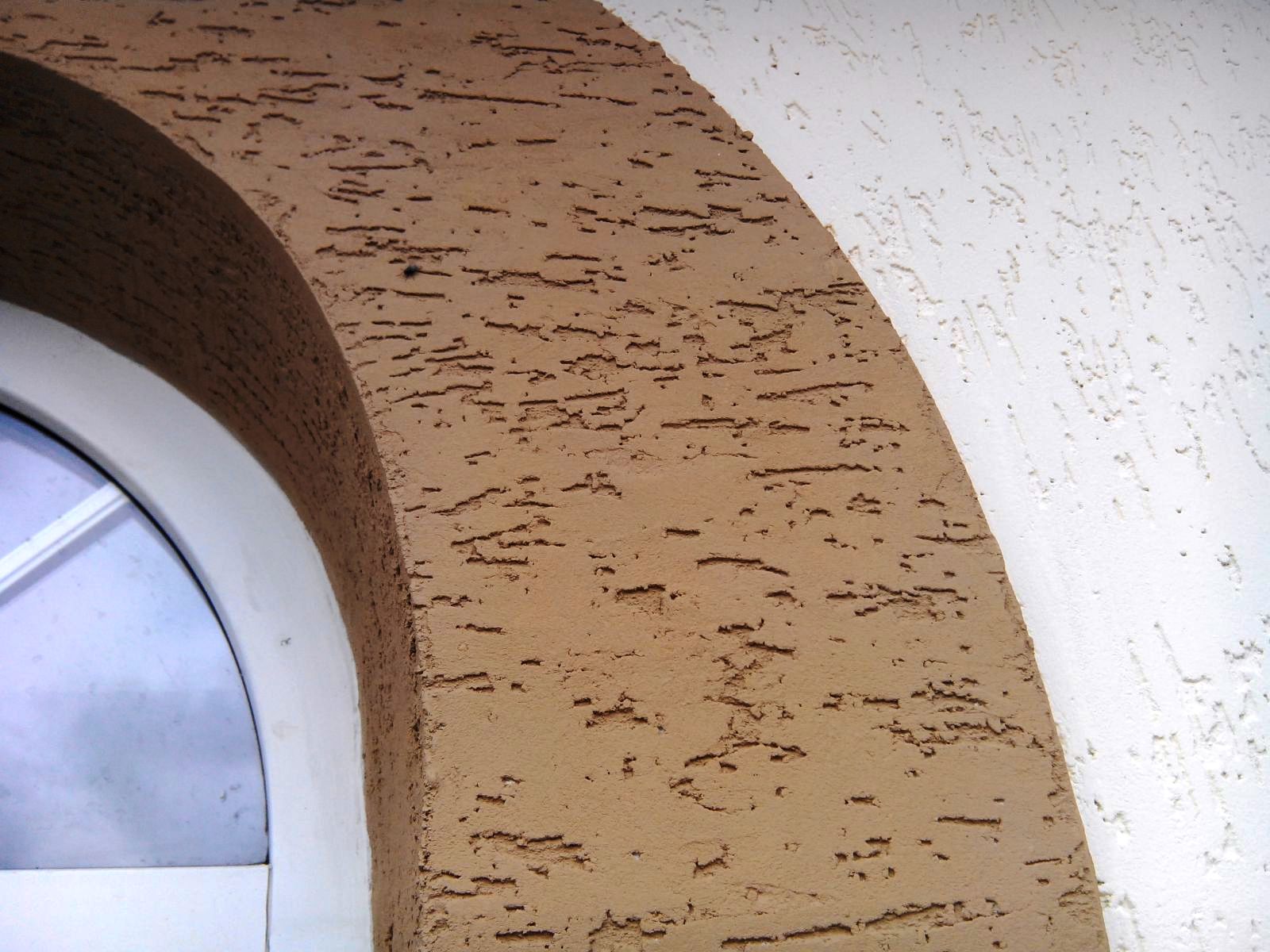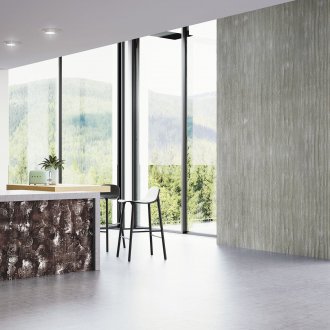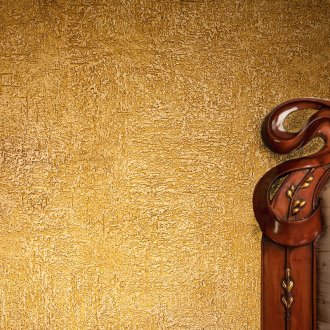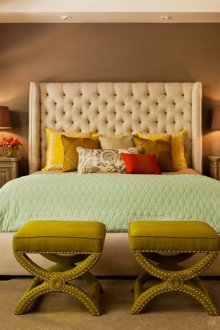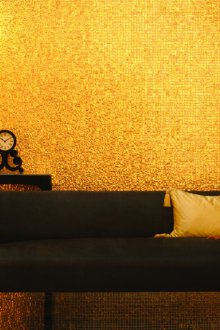Decorative bark beetle plaster: description and application (29 photos)
Content
For the final decoration of internal walls and facades of buildings, plaster is most often used. The decorative bark beetle plaster is very popular. It has a beautiful textural appearance and does not require additional decoration. The texture itself resembles a wooden surface damaged by a bark beetle.
The bark beetle plaster is not only beautiful in appearance, but also has several advantages in terms of its characteristics:
- Resistance to precipitation.
- It tolerates temperature extremes.
- It does not fade in the sun.
The bark beetle plaster is used in the interior of the house and for the decoration of facades.
Types of bark beetle plaster
Manufacturers produce various types of plaster of this type. It is divided into two varieties: gypsum and acrylic.
It goes on sale, packaged in packages, in a dry form. Before use, you should read the instructions: how to breed and use.
To decorate the house from the outside, the bark beetle plaster is used, and for internal work you need to choose a mineral, dry mixture.
Description
The textured bark beetle plaster is produced differently, depending on its application, but in general it has one composition. At the base of the bark beetle plaster there is cement and marble chips of different sizes. The size of the marble chips affects the consumption of the material. The larger the size of the crumbs, the higher the consumption of material when plastering the surface. The approximate consumption is written on the packaging.
Usually the plaster is white, but if you need a different shade, say gray, then it is possible to add any desired color. It is also possible to stain the finished, finished surface.
Depending on where the structural bark beetle plaster is used, it is divided:
- For outdoor use.
- For internal work.
To decorate the house outside, the decorative bark beetle plaster is used. It is resistant to humidity, temperature extremes and mechanical damage. For interior work, texture plaster is used. The characteristics of the one and the other plaster as a whole are no different.
The plaster is made in the form of a powder, which is diluted with water before use. When buying, it should be noted that polymer plaster is more expensive and more difficult to apply, therefore, if you intend to finish the surfaces yourself, it is better to purchase a dry mineral mixture.
Tools and materials
To carry out surface finishing, you must first prepare the finishing material and tools. All necessary should be purchased in sufficient quantities so as not to be distracted by the search for a particular tool. For work you will need:
- Plaster "bark beetle" for a house facade or for internal works;
- Container for mixing the mixture;
- Drill with a nozzle;
- Trowel;
- Polyurethane grater;
- Putty knife.
If the mixture is white, but you want a different color, then take care of buying a color of the desired shade and in sufficient quantity.
The process of wall decoration "bark beetle"
Before applying the bark beetle plaster, it is necessary to prepare the wall surface. Proper preparation will ensure the quality of repair and a long service life of the finish.
Wall surface preparation
“Bark beetle” plaster coating is carried out on any surface, but preparatory work is required before application.
Facade decoration begins with cleaning surfaces of all unnecessary items that may interfere with the process. If there is an old finish, it must be removed. Remove or hammer in nails. Remove the lights and downspouts. After the excess items are removed, apply a base coat. It consists of ordinary cement-sand plaster.
When decorated with “bark beetle” inside the house, the preparation is the same, except for a few additional points. In rooms with high humidity, for example, in the bathroom, the walls are treated with an antifungal agent. Before finishing in the bathroom, the seams and cracks are cleaned and filled with gypsum putty. First, a primer is applied to the surface of the walls in the bathroom, then a base coat. Its thickness is 2 cm. For better adhesion, before working with the bark beetle, the base layer must be moistened with water.
Mixture preparation
To prepare the mixture for decorating the walls, take a clean container of the required volume. You will also need a drill with a mixer nozzle - it is needed in order to mix the mixture well until a homogeneous mass.
Algorithm of actions:
- pour water into a bucket. It should be no more than 20 degrees;
- adding a little powder, mix thoroughly until smooth;
- close the bucket and leave for 15 minutes;
- after 15 minutes, mix thoroughly again;
Plastering technology
It is not difficult to work with the bark beetle, but it should be borne in mind that this mixture quickly hardens, so consider preparing the mixture taking into account how much you can apply at a time.
You can apply plaster to the surface using a grater: you need to keep it at an angle of 60 degrees. If during work a break is necessary, then seal the boundaries of the end of work with masking tape. Apply a layer of plaster over the tape, after a break, the plaster layer is cut, the tape is removed, and you can continue to work.
To apply the strokes characteristic of this type of plaster, check the surface: put your hand on the wall, if there is no sticking effect, then proceed to the decoration.
To create a pattern, we conduct a plastic grater on the surface, the movements can be in different directions: horizontal, vertical or circular.
After all the work you need to dry the plaster. The optimum temperature for drying is considered to be from 5 to 30 degrees. Humidity should be approximately 80%. Exterior finish usually dries within 2 days. The interior decoration is a little longer. If the selected mixture is not colored, then the surface can be painted in any desired color. Acrylic or silicate paints are used for painting.
Methods for applying plaster
As already mentioned above, there are several ways to apply plaster:
- Chaotic. It is applied in different directions. With this method, the drawing is complex. He has no definite direction.
- Circular. Movements are made in a circle, moving gradually in one direction.
- Vertical. In this case, lead with a trowel up or down. It turns out a certain pattern that looks like a tree bark.
- Horizontal. The trowel moves parallel to the floor. Create an imitation of wood bark.
- Classic pattern. This pattern is achieved by uneven circular motions. The master clicks on the trowel and, in a circular or arcuate motion, applies the drawing to the wall. In this case, the pressure should not be too strong.
- "Travertine". This pattern can be achieved by applying it with short and jerky movements. At the same time, move in any direction.
- "Bung".In this case, you need a polystyrene foam trowel. Apply drawing in intensive movements in a circle.
- Woven surface. To create a motion picture, cross to cross is made. At the same time, they lead from the bottom up with a small speed and a long pull. Horizontal movements should be intense and short.
- "Herringbone". When creating such a pattern on the surface, it is necessary to make continuous movements. They should be long and applied diagonally, like branches of a Christmas tree.
- "World map". The application of such a pattern is quite difficult, so in this case it is better to contact the master. If you decide to do it yourself, first apply the plaster in one layer, then a layer of grout. Wait for them to dry. Now apply another layer. It is thrown in separate strokes. Smooth the surface with a Venetian trowel. Move in different directions.
Tinting
When painting walls plastered with bark beetle, consider the texture. The peculiarity of this finish requires the presence of at least two shades. Shades can be contrasting or in harmony with each other.
Advantages of staining:
- Painting with high-quality surface paints creates a protective layer for it, which extends the service life.
- Unlike ready-made tinted plasters, the color scheme of colors is much larger. This allows you to show imagination and give personality to your interior.
- When painting the texture of the “bark beetle” in two colors, a clear pattern stands out. This prevents it from getting lost when used on large surfaces.
- Painting can be updated or repainted in a different color.
The difficulty of painting the texture surface is to fill the depressions. There are three options for painting the plaster:
Option one
Paint roller. For this option, tinted plaster is taken. It should be dark and the subsequent paint lighter. First, a layer of dark plaster is applied to the wall, dried. Then, with a roller, apply a layer of light paint.
Second option
For this option, the wall is covered with white plaster. When the wall dries, a primer is applied. Add a tint of a dark shade to it. A light coat of paint is applied to the dried primer. Such a coating will create strong protection, and extend the service life.
Third option
Coating the surface with varnish. It is divided into matte, glossy or color.
When using this painting option, the plaster is first tinted. The subsequent shade will depend on which varnish to choose. For example, the beige color after lacquering becomes brown. This nuance should be taken into account so that the result is not deplorable.
Total
Facades of buildings, decorated with bark beetle plaster, have a beautiful appearance. At the same time, it fits perfectly into the interior of the house. Finishing the house with such plaster will not require large financial expenses, because you can do it yourself without the involvement of specialists. It will also serve as a good protection for your home and extend the life of the device.
